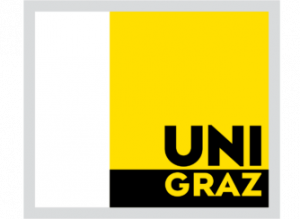Active members
Lukas Reicht
MSc Student Karl-Franzens-Universität GrazInstitute of Physics – Solid State TheoryBiographical Info
2021 |
|
| 1. | L. Reicht Ab-initio Investigations of the Electronic Structure of Armchair Graphene Nanoribbons on the Au(111) Surface Masters Thesis 2021. @mastersthesis{Reicht2021,Armchair graphene nanoribbons (AGNR) have gained increased attention in the recent years, because it became possible to produce them atomically precise via a bottom-up approach. Due to their tunable band gap, AGNRs have the potential to be used in opto-electronic devices and therefore could replace silicon in specific applications. Given these prospects, it is not surprising, that a fair amount of research has gone into understanding their electronic structure. However there is still a lack in understanding how surfaces affect their electronic structure. This work tries to fill this gap by investigating the effect of a Au(111) surface on the electronic structure of 7-, 9- and 13-AGNR, which are the AGNRs that are probably the most relevant for technical applications. Special focus is placed on the simulation of angle-resolved photoemission spectroscopy (ARPES) experiments. The ever increasing resolution of ARPES allows the direct measurement of the electronic band structure. In order to understand the results of ARPES experiments, simulations of it are essential. Additionally to the ARPES simulations, various other aspects of the AGNRs were investigated with ab-initio simulations. These include the electronic band structure, density of states (DOS), band gap, adsorption position on Au(111), adsorption height and charge density. To perform these ab-initio investigations, density functional theory (DFT) is employed in this work. Using the Kohn-Sham orbitals from the DFT simulation, the photoemission intensities of ARPES experiments were calculated. Simulated ARPES band and momentum maps of 7-AGNR/Au(111) are compared to multiple experiments. They consistently show good agreement, thereby confirming the validity of the used methods. |
Alumni



